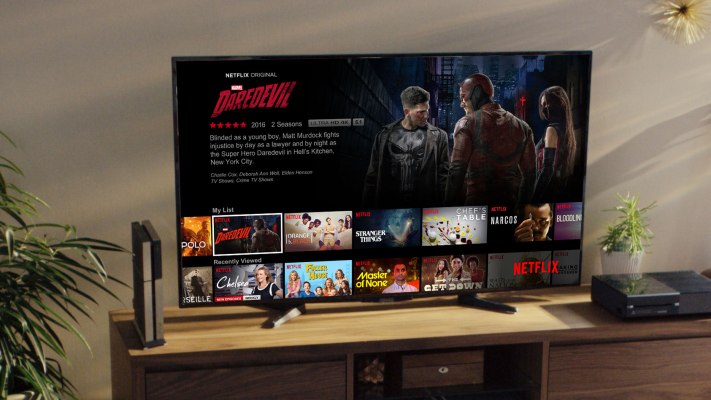Technology was going to free us from cable. It’s right there in the phrase “cord cutting” — a liberation from the bonds of traditional television. This is supposed to be the era of on-demand entertainment, when we don’t have to subscribe to some bloated cable package in order to get the content we want. But the golden age of television has yet to meet its streaming counterpart. And if the news this week from companies like Disney is any indication, we’re steadily moving in the wrong direction.
A few days ago, the entertainment giant released a few bombshells on the media world, announcing the imminent launch of its ESPN streaming service, and noting that it was set to pull its content from Netflix in favor of its own proprietary offering. The news also left open the very real possibility that the company would launch additional services for its Marvel and Star Wars properties.
Earlier this week, FX launched its own premium service, FX+ — and back in March, the company pulled a significant number of titles from Netflix. Publishers have noted the popularity of a given third-party streaming service and pulled their content. They’re emboldened by their viewership on Netflix and Amazon, and assume customers will follow them to their own first-party services.
It’s a growing trend toward fragmentation of streaming services that will ultimately work against the best interests of consumers. A world in which every film studio and television station has its own proprietary offering sounds like a bit of a nightmare — worse even than the most convoluted of cable plans. It’s a sort of death by a thousand cuts, each studio and TV station emptying viewers’ bank accounts, $5 or $10 at a time.
Record labels attempted something similar in the post-Napster land rush, each launching proprietary music services. But most consumers don’t have loyalties to record labels, they have loyalty to bands — or even more likely, songs. For the most part, the same thing goes for movie studios. There’s a reason, after all, that networks had trouble finding success with a streaming solution before joining forces to create Hulu.
A catchall service like Netflix or Amazon is the ideal solution for most users. Neither will ever offer all of the content most users want, but a single destination with a broad selection is what people are looking for in a streaming solution.
Content providers taking their ball and going home is a good way to drive users away from video streaming — or even more likely, driving them toward illegal solutions. Time and again, studies have shown that streaming experiences like Netflix and Spotify help curb piracy. Give users a friendly content experience, and they’ll be willing to pay for it. But there’s a law of diminishing returns at play here, as well.
The rush to fragment the video streaming landscape is being driven by studios that can’t wait to shoot themselves in the foot, in hopes of creating a walled content garden. It’s a shame really, because services like Netflix, Hulu and Amazon have proven that users will pay for access to content, as long as it’s part of a simple solution. A thousand different companies with a thousand different services is anything but.
